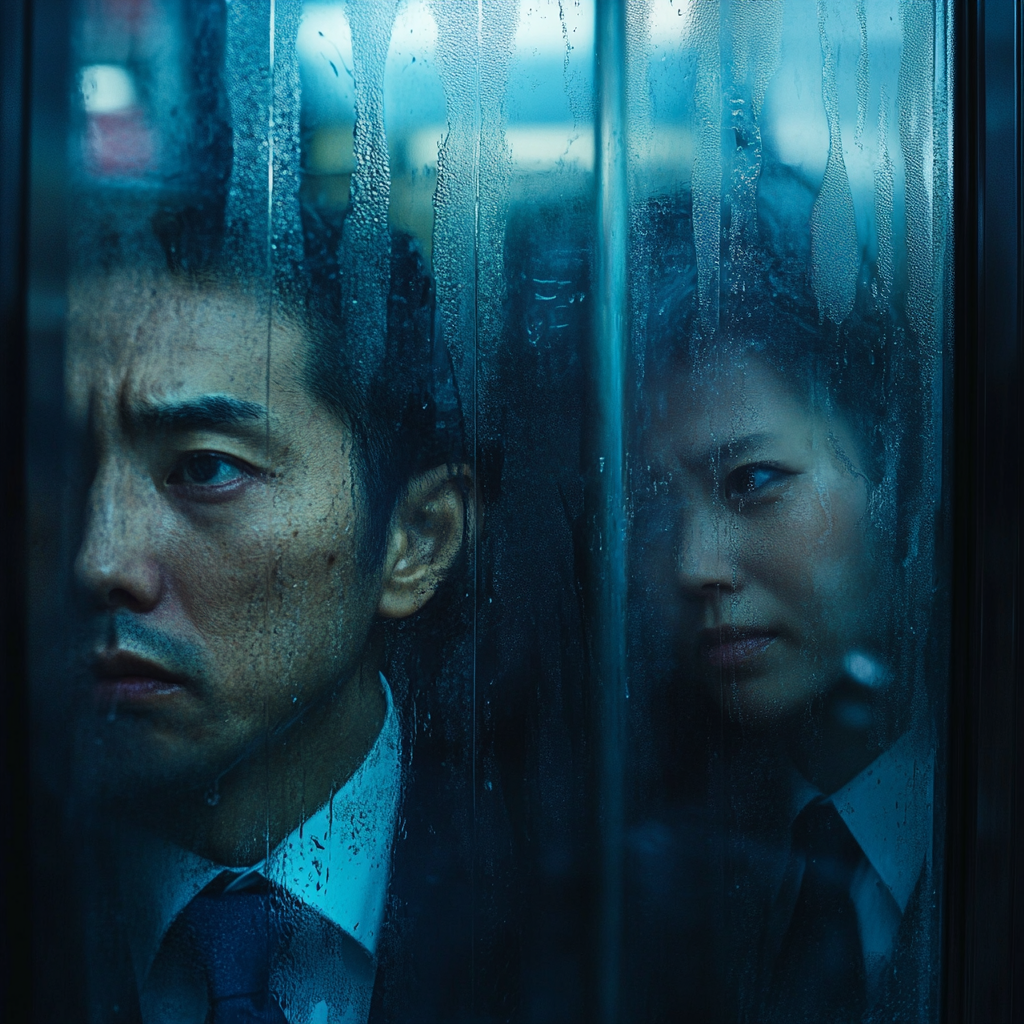In Tokyo’s sprawling subway system, every five minutes brings another train, yet the cars are still impossibly crowded. So crowded, in fact, that the system employs oshiya—professional “pushers” who, wearing pristine white gloves, help compress passengers into spaces that moments ago seemed completely full.
What’s fascinating isn’t just that they can fit more people into these cars—it’s that this practice of professional pushing actually originated in 1920s New York City. The early American “sardine packers,” as they were less elegantly known, demonstrated something remarkable: what looks impossible becomes possible with proper arrangement. What appears full often isn’t.
This principle extends far beyond subway cars and into the heart of how we manage our time and priorities.
Like Tokyo commuters staring at a “full” subway car, we often look at our calendars and declare them complete at first glance. Every meeting slot taken? Full schedule. Every evening claimed? Full life. But just as those white-gloved oshiya know better about train capacity, effective leaders understand that our time has more room than we think—if we’re willing to be intelligent about how we use it.
However, here’s where we depart from our subway metaphor: the goal isn’t to compress more into our days. In fact, it’s quite the opposite. The lesson lies in understanding that proper arrangement matters more than we think.
Photographer Michael Wolf captured the pained expressions of Tokyo commuters pressed against train windows in his series “Tokyo Compression.” It’s a powerful reminder of what happens when we try to cram too much in without proper prioritization. We don’t want our days to look like those photographs—compressed, uncomfortable, and ultimately unsustainable.
Instead, imagine if those subway cars had a system where the most important passengers—let’s say emergency workers or elderly citizens—were given priority space. The rest would be arranged around these essential travelers. This is how we should think about our time.
A CEO I worked with recently complained that she couldn’t find time for strategic thinking. Her calendar was as packed as a Tokyo subway car at rush hour. But when we examined her schedule, we found a surprising truth: between meetings, she was spending nearly two hours each day scrolling through industry news and social media, responding to non-urgent emails, and falling into what she called “LinkedIn rabbit holes.” These digital distractions had quietly taken up prime real estate in her day, pushing the bigger, more important items to the margins. What looked like a capacity problem was actually an arrangement problem—she was letting the equivalent of subway graffiti take up space meant for essential passengers.
Just as you wouldn’t put your most vulnerable passengers in the crush of a packed subway car, you shouldn’t put your most important work in the compressed spaces of an overcrowded schedule. Strategic thinking, family time, personal health—these aren’t things to squeeze in. They’re the priorities that everything else should be arranged around.
The solution isn’t to add more to your day or to compress your existing commitments more tightly. It’s to fundamentally rethink what deserves space in your schedule. What are your non-negotiables? What matters most? These aren’t just tasks; they’re expressions of your core values.
Start by identifying your essential priorities—your VIP passengers, if you will. For some leaders, it’s family dinner every night. For others, it’s daily exercise, team development, or creative work. These get their seats first. Everything else fits around them—not the other way around.
Then, like a skilled transit coordinator, be deliberate about arrangement. Yes, this might mean some activities get left behind to wait for the next train. Others might need to find a different route entirely. That’s not just okay—it’s necessary.
The art of priority management, like the art of subway coordination, lies in understanding that capacity isn’t just about space—it’s about arrangement. It’s about knowing what deserves to board first and what can wait for the next train.
So the next time you catch yourself saying “I don’t have time,” remember those Tokyo subway pushers. The issue isn’t usually capacity—it’s arrangement. Your day isn’t as full as you think; it might just need better prioritization.
Unlike those crowded Tokyo trains, your goal isn’t to fit more in. It’s to ensure that what matters most gets its proper place. After all, a truly successful life isn’t measured by how much we compress into it, but by how well we protect space for what matters most.

